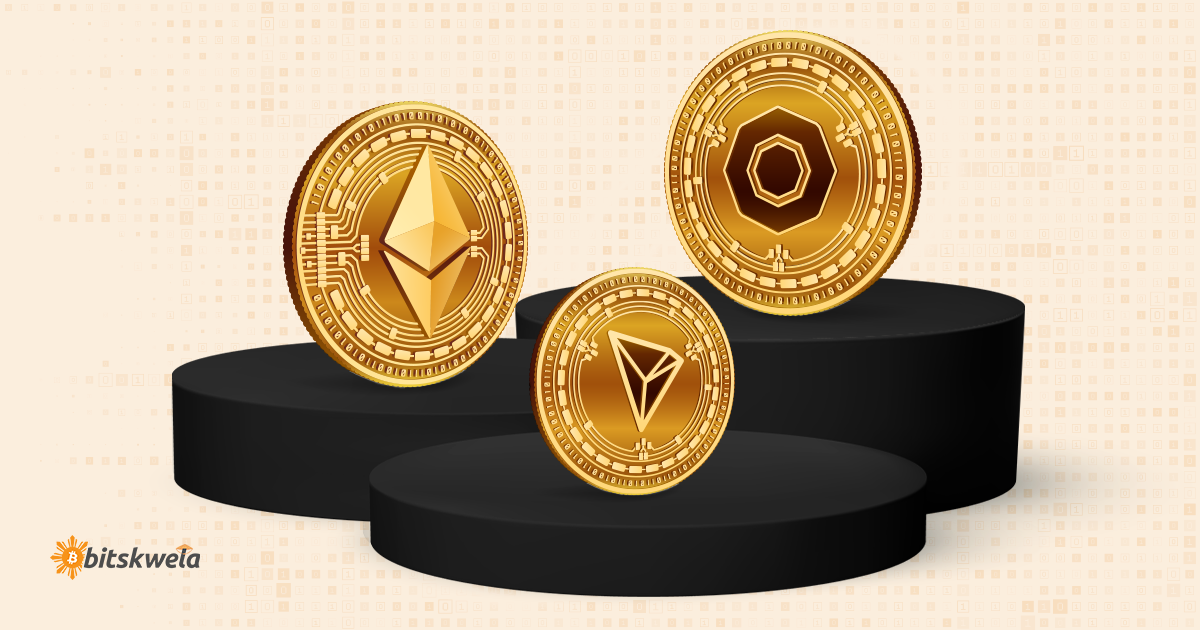Crypto Token Standards and What They Mean

Cryptocurrency tokens are created and function on a blockchain network according to a set of rules and protocols called a token standard. Each token has a unique token standard. Moreover, these tokens are the digital representation of digital assets, and they enable a wide range of on-chain activities, including paying transaction fees, staking, and more.
To be interoperable, efficient, secure, and transparent, tokens must be standardized on their respective blockchain protocols. This standardization benefits both users and developers and has led to the creation of a variety of token standards.
Examples of Crypto Token Standards
ERC-20
ERC-20 is the technical standard for fungible tokens on the Ethereum blockchain. Fungible tokens are interchangeable with each other. This token allows developers to build smart-contract-enabled tokens that can be utilized with other products and services. One example use case is Staking. ERC-20 can be staked to be involved in proof-of-stake (PoS) consensus mechanisms. By helping to secure and validate transactions, stakers can earn rewards.
TRC-20
TRC-20 is the standard responsible for creating fungible tokens on the TRON blockchain. The blockchain is designed to provide high transaction throughput and low fees. The token is a set of technical specifications for creating and using smart contract-based tokens on the TRON blockchain. These tokens are designed to be easy to use and highly functional. TRC-20 tokens enable fast and seamless payments on the blockchain.
BEP-20
BNB chain, which is on Binance exchange, corresponds to the token standard called BEP-20. On the BNB blockchain, decentralized applications and exchanges work smoothly with these tokens. This token standard caters to a versatile framework for developers to deploy various token types.
ERC-712
On Ethereum, ERC-712 is the token standard for non-fungible tokens (NFTs). Each token created is unique, meaning there is a singular token only. The most common use case of ERC-712 is for digital art. In addition to digital art, these tokens can represent real-world assets. For instance, a luxury car NFT represents an ownership of the asset. This gives car owners a digital proof of ownership that disregards the need of physical proof.
The overarching common denominator of the first three token standards is that they are used to create fungible tokens, meaning that each token is more or less the same as any other token of the same type, while ERC-712 is a non-fungible token itself. Another similarity is that all tokens are widely supported in a variety of wallets and exchanges. However, ERC-20 is currently higher in fees and slower in transaction speed compared to TRC-20 and BEP-20, mainly because Ethereum is more congested. This means that there is more activity happening on the network, which results in higher fees and slower transaction speeds.
Token standards are vital for the development and adoption of cryptocurrency. They provide a common set of rules and protocols that allow tokens to be created and used in a variety of ways. The three token standards discussed in this article are just a few of the many token standards that exist. As the cryptocurrency industry continues to grow and evolve, it is expected to see even more token standards emerge.
.svg)

.svg) SHARE TO FACEBOOK
SHARE TO FACEBOOK SHARE TO TWITTER/X
SHARE TO TWITTER/X SHARE TO LINKEDIN
SHARE TO LINKEDIN SEND TO MAIL
SEND TO MAIL





.svg)


.svg)